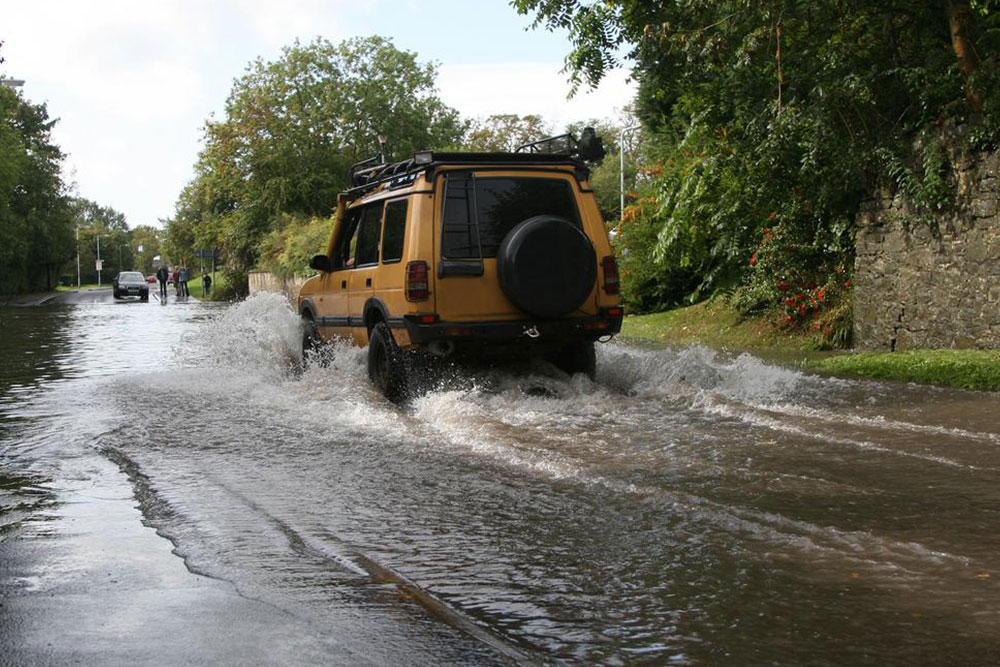The Impact of School Closures on Students and Communities
This article explores the multifaceted effects of school closures on students, emphasizing the disproportionate impact on minority groups, academic progress, and emotional well-being. It highlights the importance of thoughtful decision-making to mitigate adverse social and educational consequences for children and communities.

Understanding How School Closures Affect Our Children
The Impact of School Closures on Students and Families
The announcement of upcoming school shutdowns can feel like a nightmare for students, parents, and educators alike. According to a 2016 report by the National Center for Education Statistics, approximately 1,737 public schools in the U.S. closed during 2013-14. These included 1,179 regular schools, 90 special education institutions, 20 vocational schools, and 448 alternative schools, with a combined enrollment of about 274,400 students prior to closing. The scale of these closures deeply affects communities and families.
These numbers highlight the profound consequences of school shutdowns, especially concerning the well-being of children and their support networks.
While closing underperforming schools that drain federal resources is a logical step, the unintended emotional and academic toll on students is often overlooked.
Disproportionate Impact on Minority Groups
School closures often result from low utilization or poor academic results. A study titled “Assessing the Effect of School Closures in Houston ISD,” by the Education Research Center at The University of Texas, revealed that most closed schools were in economically disadvantaged areas. Notably, 91% of students in these schools faced economic hardship. Despite Black students constituting 27% of Houston ISD’s population, 43% of students in closed schools were Black, indicating a disproportionate impact. Furthermore, White students faced a 51% higher chance of transferring to better-performing schools compared to just 28% of Black students and 20% of Hispanic students. These patterns suggest that minority students bear the brunt of school closures, which can reinforce racial disparities and perceptions of discrimination.
Effects on Academic Progress
Research titled “Effects of School Closings on Students in Chicago Public Schools,” by the Consortium on Chicago Schools, shows that students’ academic performance peaks just before closure, often declining afterward. Those displaced from low-performing schools frequently transfer to schools with similar academic challenges, undermining the goal of school closures to improve learning outcomes. Additionally, a Texas-based study found that students transferred to weaker schools lagged behind their peers in reading and math, perpetuating educational gaps.
Impact on Summer Program Participation
It was observed that summer enrollment for displaced students drops significantly; only about 25% participate in summer bridge programs. Schools responsible for summer instruction face delays in receiving student data, preventing timely academic planning, which hampers students’ continued learning during break periods.
Social and Emotional Consequences
The social effects of school closures are profound. Moving to new schools disrupts routines, friendships, and familiar environments. Children may experience feelings of anxiety, loss, and insecurity as they leave the comfort of their known surroundings. Schools serve as a second home for many students; closing them can strip away a vital sense of stability and safety. Recognizing these impacts emphasizes the need for careful consideration before implementing closures.
It is crucial to address the challenges posed by school shutdowns and seek solutions that prioritize students’ well-being and educational equity.
Note:
Our blog shares diverse insights and research to inform and guide readers. While we strive for accuracy, readers should consider that some data may vary across sources. We encourage conducting further research for comprehensive understanding. The site may not include all current schemes or offers available in your locale.









